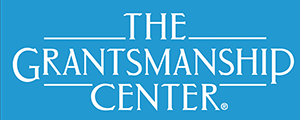What's New?

Good news: the foundation has given you a grant, you’ve spent the money and now it’s time to submit an application for another award. This is an opportunity to create a “new top” for your story—a new headline, a fresh look at the challenges, a record of what’s been done and how that sets you up for what comes next. It’s also a chance to avoid sounding like “here we are again.”










